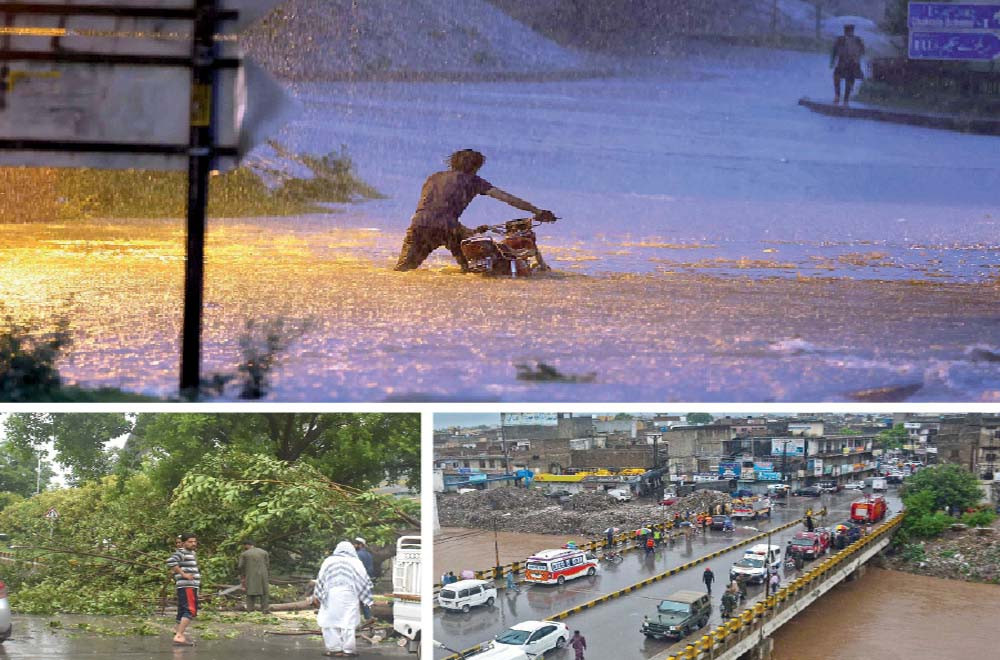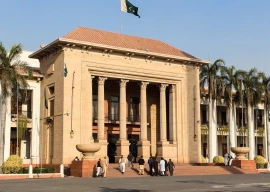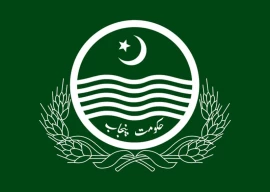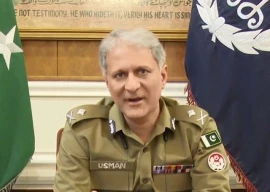
With water several feet high still standing in many parts of Rawalpindi, particularly the old city areas, residents said that the authorities were to blame spent money on ‘cosmetic upgrades’ instead of fixing the issue of flooding that has persisted for over half a decade.
According to one estimate, at least half the population of the more than 21 million people of the garrison city and its cantonment, had either their residences or workplaces impacted due to heavy rains that lashed the twin cities early Wednesday.
People in areas adjacent to the Nullah Leh and other rain drains said that water drainage took over 13 hours. In some areas, such as Dhok Khaba, several feet high water was still standing 24 hours after the rain.
The stagnant water has sparked fears of outbreaks of waterborne diseases other than the damage it caused to people’s property and possessions. Meanwhile, a noxious odour hangs over most areas where rainwater resulted in sewage overflow.
According to one resident of a low-lying area that had to be vacated following the rise in water levels, dead insects, filth, mud, garbage, and broken shards of glass pieces were strewn on the streets awash with dirty water. Over a dozen people died and thousands had to be evacuated after water reached alarming levels in Nullah Leh.
The first major rain of this year’s monsoon also washed away claims by the city administration, including the de-silting of rain drains at the cost of Rs30 million. Another project, also worth millions, to upgrade the drainage system also failed to provide the promised relief.
This has also raised concerns after predictions of more rain by the meteorological department.
Many residents of low-lying areas have started shifting to safer grounds, including those who were still clearing water inside their homes. They said they were doing this on a self-help basis with no assistance seemingly forthcoming from the government. There have also been reports of residents complaining of skin, eye and stomach problems.
Official ‘apathy’
The city’s civic agencies, including the Rawalpindi Solid Waste Management Company (SWMC) failed in cleaning the low-lying areas following the rain. The streets remained littered and smelly. The roads and paths were difficult to navigate even for pedestrians.
At the time of this report, the areas of Javed Colony, Nadeen Colony, Dhok Elahi Bakhsh, Arya Mohalla, Fazalabad, Dhok Khaba, Qasimabad, Glass Factory, Amarpura, Mardpura, New Katarian, and Dhok Dulal Pandora had sewage overflow with water entering houses.
The situation in Dhok Hassu, Pirwadhai, Fauji Colony, Bangash Colony, Ziaul Haq Colony, Dhok Mangatal, Dhok Ratta, Mohanpura, Usmanpura, Gawalmandi, Pul Shah Nazar and its adjoining areas such as Bagh Sardaran, Peoples Colony, Adara, Sharon Colony and Kutch was equally miserable.
Residents say that SWMC was only working in areas where ministers and officers were slated to visit.
“Government officials including ministers, commissioners, and their deputies only visit the Gawalmandi bridge to get their photos taken,” said Muhammad Faisal, a resident of Dhok Khaba. So far no minister, adviser, commissioner or deputy had visited the areas of the inner city, he added.
All areas adjacent to 13 kms of Nullah Leh and five to 10 kms of 10 the major rain drains had rainwater mixed with sewage.
Edward, a resident of street seven in Dhok Khaba, said his house was flooded, with water ‘at least four feet high’. This meant all the valuable items in the house were either destroyed or damaged, he added.
He said that the rainwater started receding around 1pm on Wednesday. But by then the sewage was already in the house. “We have had no official help. No one cleaned any of the streets here,” he added.
Arjamand Shah, a resident of Bangash Colony, said that the first rain of the monsoon had laid bare the unpreparedness of the city’s authorities to deal with any situation. “The claims of drainage arrangements proved to be mirage,” he added.
Most residents said that the city administration spent between Rs30 million to Rs50 million every year to clean the Nullah Leh but has yet to find a sustainable solution.
Published in The Express Tribune, July 21st, 2023.
























COMMENTS
Comments are moderated and generally will be posted if they are on-topic and not abusive.
For more information, please see our Comments FAQ